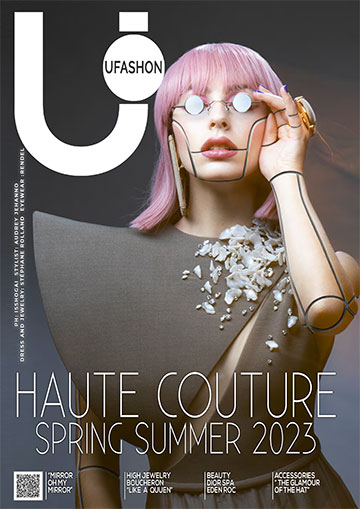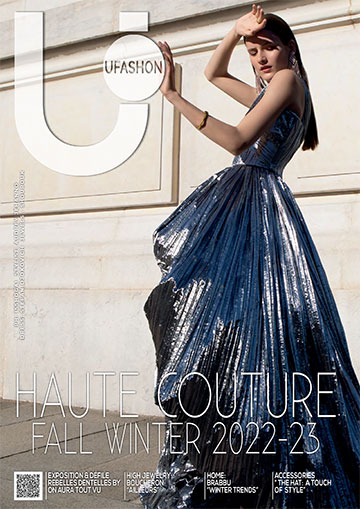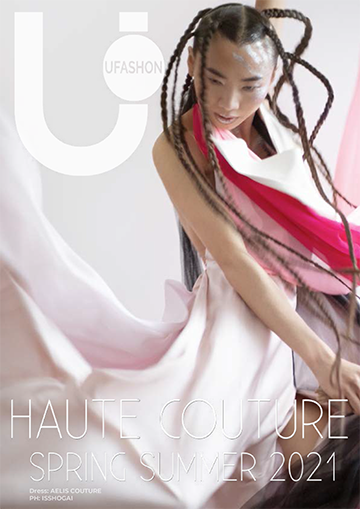It is well-known that the greatest strength of the Italian Renaissance was the lack of any overarching system of political control. On the eve of the Black Death of 1348 Italy was divided into myriad political entities, the city-states that propelled all of Europe into a new era. From a military standpoint this fragmentation was revealed as a fatal weakness with the French invasion of 1494. Events surrounding the invasion soon eclipsed Italy’s autonomy, and ruined its vibrant cultural system. Fashion was born in Italy in this early period, before leadership passed to France.
The absence of a constraining political system is what made the early Renaissance so wonderfully creative. The political void was counterbalanced by a powerful sense of Italy’s unique cultural identity. While no city-state was bound to accept the lead of any other, all shared in the pursuit of the flare aptly captured in Castiglione di Baldassare’s term sprezzatura. This concern drew Italy together not as a nation but as a community engaged in what today we would call cooperative competition.
Italy gradually regained ascendency in the fashion market with early industrial developments, such as the Lanifici di Pratrivero, founded in 1663 and said to be the oldest still operating textile factory in the world. Other major textile firms, like Lanerossi, emerged in the 19th century and consolidated their position especially in the postwar Economic Miracle. Then came the 1970s, with the decline of many of Italy’s large industrial groups. What followed was another fertile period for the Italian productive system, associated with the sorpasso of 1987 in which Italy’s economy overtook that of the United Kingdom.
What drove the sorpasso was the industrial district, an innovation which surprised the entire world, and is still today the object of scholarly reflection and analysis. The districts were based on small firms in a system which arose in part to evade Italy’s stringent labor laws. The districts made possible the flexible specialization which could facilitate a rapid response to fickle global markets. A success factor was persisting sprezzatura, so deeply engrained in Italian history as to be second nature. In the 1980s, as in Castiglione di Baldassare’s day, the pursuit of style and peerless quality was furthered precisely by the absence of a formal system of coordination, relying instead on the cooperative competition that made the Italian Renaissance so great. This is not to deny the importance of institutional support for firms operating on the modern global market, the effective presence of which – without the hindrance of byzantine bureaucratic constraints - can help sustain these firms.
The substantial literature on industrial districts has identified various success factors. Definitionally these are geographically localized territories comprising a community of producers who pursue their objectives in a loosely coordinated way. Various factors ensure the competitiveness of these territories, of which three stand out: knowledge spillovers, the presence of specialized suppliers, and what are called thick labor markets.
Thick labor markets form when a localized area specializes in a particular product, like silk in the territory of Como, woolen textiles in Prato, leather in Solafra. The list is infinite. Specialization favors the perfection of the artisan skills required by local production. Today these industrial districts persist, and in areas like Carpi prosper, under continued pressure from global competition. The backbone of these territories are small-scale enterprises which sell most of their expertise to global fashion brands. Competition is intense among these specialized suppliers. But the firms thrive on competition, where intimate knowledge of each other’s activities drives innovation. No firm can remain competitive in isolation; artisanal excellence is propelled by intense engagement at the top of a tightly localized system of production. Competitiveness is not limited to objective factors, and intuition also plays a pivotal role. Cooperative competition is what allows serendipity to attain its objectives. If the most distinguished small-scale artisan fashion system in the world is to prosper, effort must be made to support and not stifle creative intuition. This prosperity will benefit global fashion brands, but also the single firms themselves, many of which promote their stunning products through direct sale to a discerning public.
Gregory Overton Smith
D.Phil. Oxford
Temple University Rome
Credit:
Dress: Ziad Nakad
Ph:ISSHOGAI
Stylist: Christelle Santabarbara
Model: XiaoYi LIU
Makup Artist: Sandrine BO
Hair Artist: Alexis PARENTE @ B Agency
Backstage Video: Guillaume FERRARI
Assistants: Roxane & Celian
Post Production: Feel Good Creative Retouching









